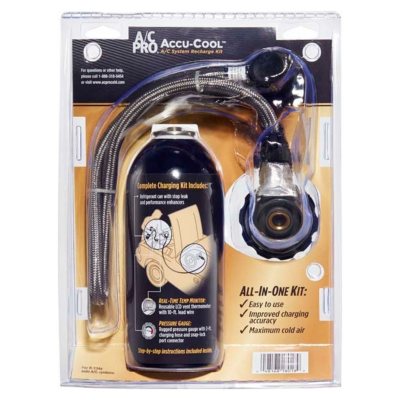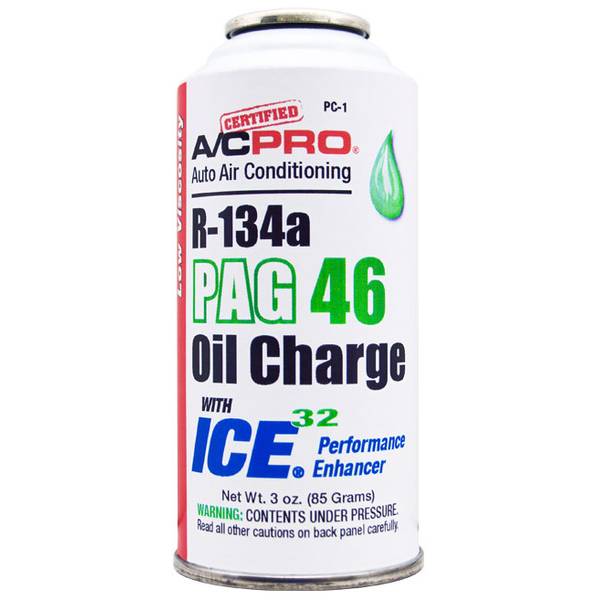The Ultimate Guide To Condensers
Floor units with an electric fan are available, although 2728 Many are aftermarket relatively inexpensive accessories without moving parts, composed. 2930 It was an early kind of auto air purifier 31 and isn't utilised in cars relying upon systems to cool the inside.
The trendy moisture-laden atmosphere is then guided into the inside of the automobile. 3233 The evaporate"cooling" effect declines with humidity since the air is already saturated with water. Thus, the higher the humidity, such as in desert areas that are arid, the greater the system functions. Automobile chargers were more popular, especially among summer tourists crossing or visiting the northeast United States states of California, Arizona, Texas, New Mexico, and Nevada.
A fridge is an example of such a system, as the heat transfers out of the inside and into the ambient atmosphere. Circulating refrigerant gas vapor (which also carries the compressor lubricant oil across the system along with it) in the evaporator enters the gas blower in the engine bay, and generally an axial piston pump blower, and is compressed to a higher pressure, resulting in a higher temperature as well.

Getting The Compressors In Car A/c To Work
The condensed and pressurized liquid refrigerant is next routed via the receiver-drier, in other words, a one way filter and moisturizes cartridge that both dehydrates the refrigerant and compressor lubricant oil mixture in order to get rid of any residual water content (which could become ice within the expansion valve and therefore clog it) that the vacuum done before the charging procedure didn't manage to eliminate from the machine, and filters it in order to eliminate any solid particles removed by the mixture, and then through a thermal expansion valve in which it gets an abrupt decrease in pressure.
The refrigerant is then routed through the evaporator coil in the passenger compartment. An adjustable rate powered fan across the evaporator, often after being filtered by a cabin air filter, which blows the atmosphere, resulting in the liquid part of the refrigerant mixture to evaporate too, further reducing the temperature.



The refrigerant vapor is routed back into the compressor to finish the cooling. The warmer the air that reaches the evaporator, the greater the pressure of see here now the vapor mixture discharged from it and therefore the greater is that the load put on the compressor and so on the engine.
See This Report on Repairs Metal Leaks In Evaporators
Via a belt, frequently the serpentine belt, along with an electromagnetically actuated clutch; an electrically actuated variable displacement compressor may also be constantly directly powered by a belt without the need of any clutch along with magnet at all) or by an electric engine. Power consumptionedit In a modern automobile, the A/C system will use approximately 4 horsepower (3 k W) of the engine's power, thus raising fuel consumption of the motor vehicle.
Popular Science. November 1933. Retrieved 16 April 2015. "Michigan Fast Facts and Trivia". 50states. com. Retrieved 16. Packard. MBI Publishing. p. 76. ISBN 978-0-7603-1928-4. a b Langworth, Richard M. (1994). Chrysler and Imperial: The Postwar Years. Motorbooks International. ISBN 0-87938-034-9.
p. 5. February 2015 archived in the first about 7. April 2015 retrieved 16. "1953-Buick Heating and AC Folder". oldcarbrochures.org. pp. 1011. February 2015, archived in the first about 7. April 2015 retrieved 16. "1953 Oldsmobile Brochure". oldcarbrochures.org. p. 23. February 2015, archived from the first on 7. April 2015, retrieved 16.
Popular Mechanics. May 1954. April 2015 retrieved 16. "One Controller Heating Cooling". Motor. 1954. April 2015, retrieved 16. (1987). Krause Publications. p. 176. ISBN 978-0-87341-096-0.
A Biased View of Condensers
2. ISBN 978-0-7506-6955-9. Retrieved 16 April 2015. "News of the Automotive World - Nash Air Get the facts Conditioner Combines Heating, Cooling, and Ventilating". Automotive Industries. 1954. Retrieved 16 April 2015. Stevenson, Heon J. (2008). American Automobile Advertising, 19301980: An Illustrated History. Mc Farland. p. 177. ISBN 978-0-7864-3685-9. April 2015 retrieved 16.